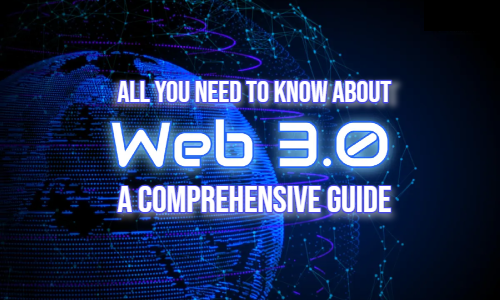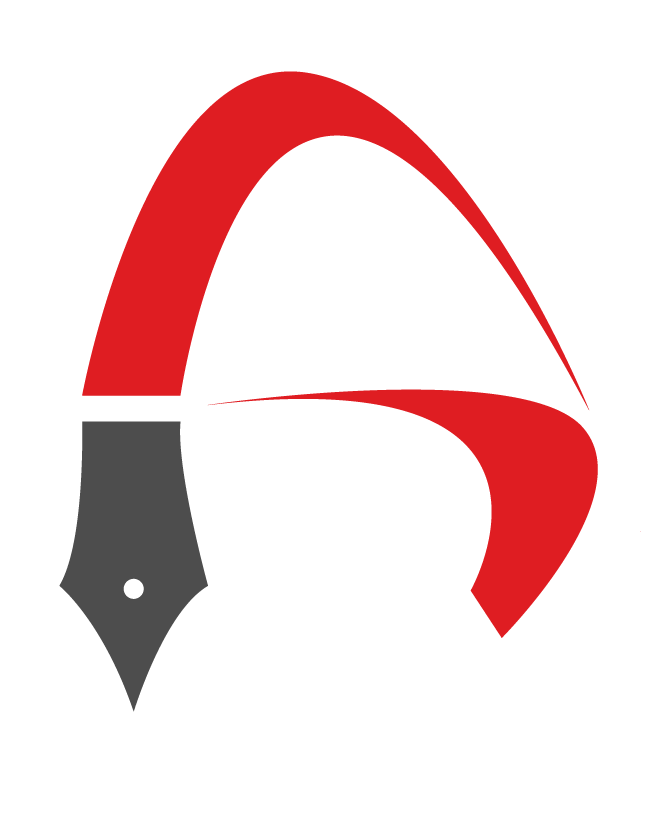The internet has come a long way since its inception, evolving from a static collection of documents to a dynamic and interactive web that enables global communication, commerce, and collaboration. The current iteration of the internet, also known as Web 2.0, is characterized by social media, cloud computing, mobile devices, and big data. However, as the web has grown in size and complexity, so have its challenges, such as security, privacy, and centralization.
Web 3.0 represents the next evolution of the internet, building on the foundation of Web 2.0 but introducing new technologies and paradigms that address these challenges. Web 3.0 is also known as the decentralized web, as it aims to create a more open, transparent, and peer-to-peer web experience that empowers users and promotes innovation.
What is Web 3.0?
Web 3.0 can be defined in different ways, depending on who you ask, but generally, it refers to a set of emerging technologies and concepts that enable a more decentralized, intelligent, and interconnected web. The aim of Web 3.0 is to make it easier for people and machines to find, share, and use information in a more intuitive and efficient way.
Why is Web 3.0 Important?
Web 3.0 is important for several reasons. Firstly, it promises to address some of the shortcomings of the current web, such as centralized control of data and content, limited user privacy, and security vulnerabilities. Web 3.0 aims to create a more secure, private, and intelligent web experience that puts users in control of their data and enables new forms of value creation.
Secondly, Web 3.0 is also important because it creates new opportunities for innovation and growth. By enabling new business models, services, and applications that were not possible before, Web 3.0 is driving a new wave of entrepreneurship and investment in the tech industry.
Finally, Web 3.0 is important because it has the potential to create a more equitable and inclusive web. By promoting decentralization and peer-to-peer interaction, Web 3.0 can reduce the digital divide and enable more people to participate in the digital economy, regardless of their geographical or socioeconomic background.
Top of Form
Difference Between Web 2.0 and Web 3.0
Web 2.0 and Web 3.0 are different phases in the evolution of the internet. Web 2.0 refers to the current phase of the internet, which is characterized by the widespread use of social media, online collaboration tools, and other interactive web applications. Web 3.0, on the other hand, is the next phase of the internet, which is being developed to provide a more intelligent, decentralized, and connected web experience.
There are several aspects of Web 3.0 that differentiate it from the current Web 2.0. These include:
Decentralization: Web 2.0 is characterized by centralized platforms and services that are controlled by a few large corporations. Web 3.0, on the other hand, aims to remove the need for central authorities and intermediaries, allowing for a more decentralized and peer-to-peer internet. This means that data, applications, and services will be distributed across multiple nodes, rather than being stored on centralized servers.
Decentralization is made possible through the use of blockchain technology, which provides a secure, transparent, and decentralized way to record and verify transactions. Blockchain allows for the creation of decentralized applications (dApps), decentralized finance (DeFi) platforms, and other Web 3.0 solutions that enable peer-to-peer interactions without the need for intermediaries.
Interoperability: Web 2.0 platforms and services are often siloed, meaning that they don't communicate well with each other. This makes it difficult for users to access and share data and content across different platforms. Web 3.0 aims to create a more interconnected web by enabling different systems and applications to communicate with each other seamlessly. This will make it easier for developers to build new applications that can work together, creating a more connected and interoperable web.
Interoperability is made possible through the use of protocols like InterPlanetary File System (IPFS) and the Semantic Web. IPFS is a decentralized file storage and sharing system that enables the creation of distributed web applications, while the Semantic Web is a more structured and standardized web that makes it easier for machines to understand and use the information on the web.
Artificial Intelligence: Web 2.0 applications often use basic AI and machine learning technologies to optimize their services. Web 3.0 will incorporate more advanced AI and machine learning technologies to create intelligent agents, chatbots, and other virtual assistants that can assist users in a more sophisticated way.
Advanced AI and machine learning technologies will enable Web 3.0 applications to learn and adapt to user preferences and behavior, providing a more personalized and intuitive web experience. These technologies will also enable the creation of intelligent agents and chatbots that can assist users in a more human-like way.
Semantic Web: Web 2.0 is characterized by unstructured data, making it difficult for machines to interpret and process information. Web 3.0 aims to create a more structured and standardized web through the use of the Semantic Web, making it easier for machines to understand and use the information on the web.
The Semantic Web is a set of technologies and standards that enable the creation of a more structured and standardized web. This makes it easier for machines to interpret and process information, enabling the creation of more intelligent and intuitive web applications.
Trust and Security: Web 2.0 platforms and services are often vulnerable to security breaches and data theft. Web 3.0 aims to create a more secure and trustworthy web through the use of decentralized technologies like blockchain, which provide transparent and immutable records of transactions and interactions.
Blockchain provides a secure and transparent way to record and verify transactions, enabling the creation of more secure and trustworthy web applications. Decentralized identity (DID) is also a key component of Web 3.0, providing users with control over their own identity data and enabling secure and selective sharing of data with others.
Overall, Web 3.0 represents a significant shift in the way we think about the internet and the services and applications that run on it. While Web 2.0 has brought us many innovative and useful applications, Web 3.0 is a vision for a more decentralized, intelligent, and interconnected web that can provide new opportunities for innovation, creativity, and collaboration. While the full realization of this vision is still some way off, there are already many exciting developments and innovations taking place in this space, and it is likely to have a significant impact on the future of the internet and our digital lives.
Web 3.0 Technologies
Web 3.0 technologies are a set of tools and platforms that are being developed to enable the next phase of the internet, which is more decentralized, interconnected, and intelligent. Some of the key Web 3.0 technologies include:
Blockchain: Blockchain is a decentralized, distributed ledger technology that provides a secure and transparent way to record and verify transactions. Blockchain is a core technology of Web 3.0, and it is being used to build decentralized applications (dApps), decentralized finance (DeFi) platforms, and other Web 3.0 solutions.
InterPlanetary File System (IPFS): IPFS is a decentralized file storage and sharing system that enables the creation of distributed web applications. IPFS is designed to replace the traditional centralized web protocols like HTTP, providing a more efficient and secure way to store and share files on the web.
Smart Contracts: Smart contracts are self-executing contracts that are stored on the blockchain. They enable the automation of complex agreements and transactions, without the need for intermediaries. Smart contracts are being used to build decentralized applications (dApps), and they are a key component of the Web 3.0 ecosystem.
Decentralized Identity (DID): Decentralized identity is a system for managing digital identities that is based on decentralized, self-sovereign identity models. DID enables users to control their own identity data and share it securely and selectively with others, without the need for centralized identity providers.
Decentralized Autonomous Organizations (DAOs): DAOs are decentralized organizations that are governed by smart contracts and run on the blockchain. DAOs enable decentralized decision-making, resource allocation, and management, without the need for a centralized authority.
Distributed Computing: Distributed computing is a computing model that uses multiple computers or nodes to work together to solve complex problems. Distributed computing is being used to build decentralized applications (dApps) and other Web 3.0 solutions that require significant computational power.
These are just a few examples of the Web 3.0 technologies that are being developed. As the Web 3.0 ecosystem continues to evolve, we can expect to see new innovations and technologies emerge that will further enable the decentralized, interconnected, and intelligent web of the future.
























